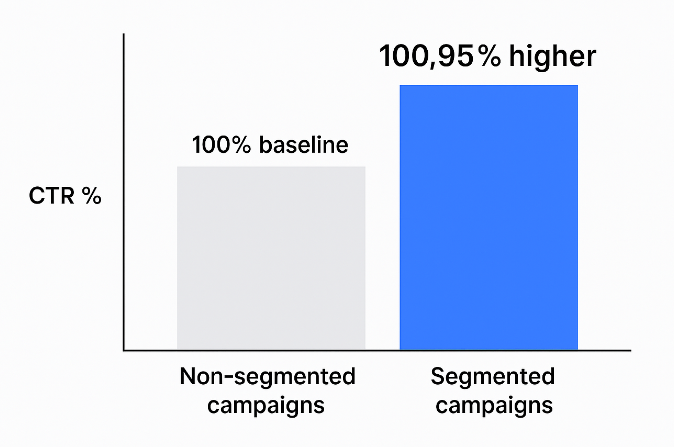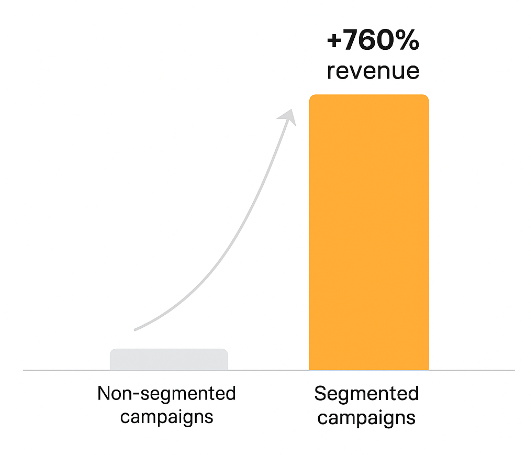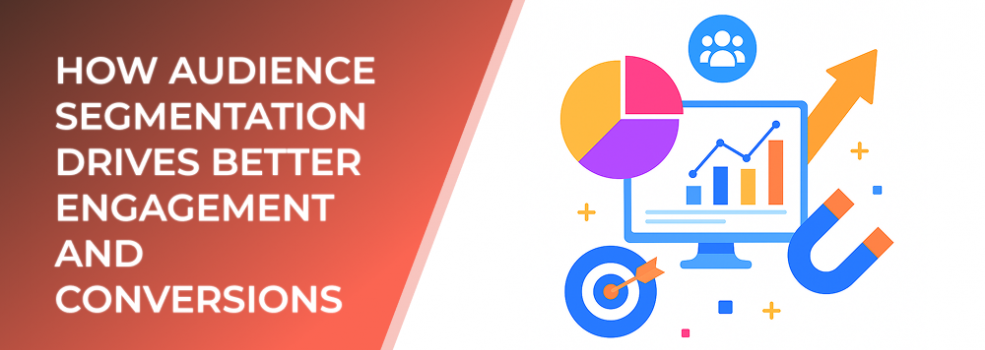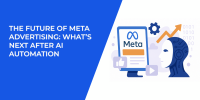This article explores data-driven tactics for sharper targeting and more impactful campaigns with LeadEnforce.
Why Audience Segmentation Matters
Modern digital marketing thrives on personalization. Today’s consumers expect relevant, timely, and valuable experiences. In fact, according to HubSpot, 72% of consumers only engage with marketing messages tailored to their interests. This is where audience segmentation becomes indispensable.
By dividing your audience into smaller, more defined groups based on demographics, behavior, interests, and location, marketers can create campaigns that resonate deeply. LeadEnforce simplifies this process, allowing businesses to build precise segments from social networks, customer data, and lookalike audiences.
The Impact of Segmentation on Engagement
Segmentation directly improves engagement by ensuring your message reaches those most likely to care. According to Mailchimp’s analysis, segmented campaigns have a 14.31% higher open rate and a 100.95% higher click-through rate compared to non-segmented campaigns.

Campaigns using audience segmentation yield more than double the average click-through rate compared to non-segmented campaigns
When using a tool like LeadEnforce, brands can identify segments with specific behavioral patterns — for example, frequent buyers or recent website visitors — and deliver hyper-relevant ads. This approach transforms generic outreach into meaningful interactions.
How Segmentation Boosts Conversions
Targeted campaigns don’t just increase engagement — they drive measurable conversions. Research shows that marketers who use segmented campaigns report up to a 760% increase in revenue compared to those who don’t. The reason is simple: when you speak directly to a need, interest, or emotion, people respond.

Effective segmentation can drive up to a 760% increase in revenue versus non-segmented campaigns
LeadEnforce provides access to advanced segmentation options that align with conversion-focused strategies. You can retarget users who interacted with your brand but didn’t complete a purchase, or expand reach using lookalike audiences modeled after your best customers.
Building Segments That Work
To achieve strong results, segmentation should be based on more than basic demographics. Consider these categories:
-
Behavioral Segmentation: Focus on user activity — site visits, purchase frequency, engagement with ads.
-
Psychographic Segmentation: Understand motivations, values, and lifestyle choices.
-
Geographic Segmentation: Tailor offers and messages to users based on their location.
-
Custom Data Segmentation: Combine your CRM or ad account data with LeadEnforce’s audience builder for advanced precision.
This layered approach creates a clear path from awareness to conversion, supported by meaningful personalization.
Case Insight: Turning Data into Growth
A mid-sized e-commerce brand using LeadEnforce recently segmented its audience by engagement level and product interest. The result: a 37% higher ROAS (Return on Ad Spend) and 28% increase in conversion rate within two months. By targeting more effectively, they not only reduced cost per lead but built long-term audience loyalty.
The Future of Segmentation
As privacy regulations evolve and third-party cookies fade, first-party data and intelligent segmentation will become even more critical. Platforms like LeadEnforce that offer ethical, data-driven targeting will empower marketers to continue reaching their audiences effectively while respecting privacy boundaries.
Final Thoughts
Audience segmentation isn’t just a marketing tactic — it’s the foundation of meaningful engagement and profitable growth. With LeadEnforce, you can turn your audience data into a strategic advantage, ensuring every campaign reaches the right person at the right time with the right message.
You may also like:

